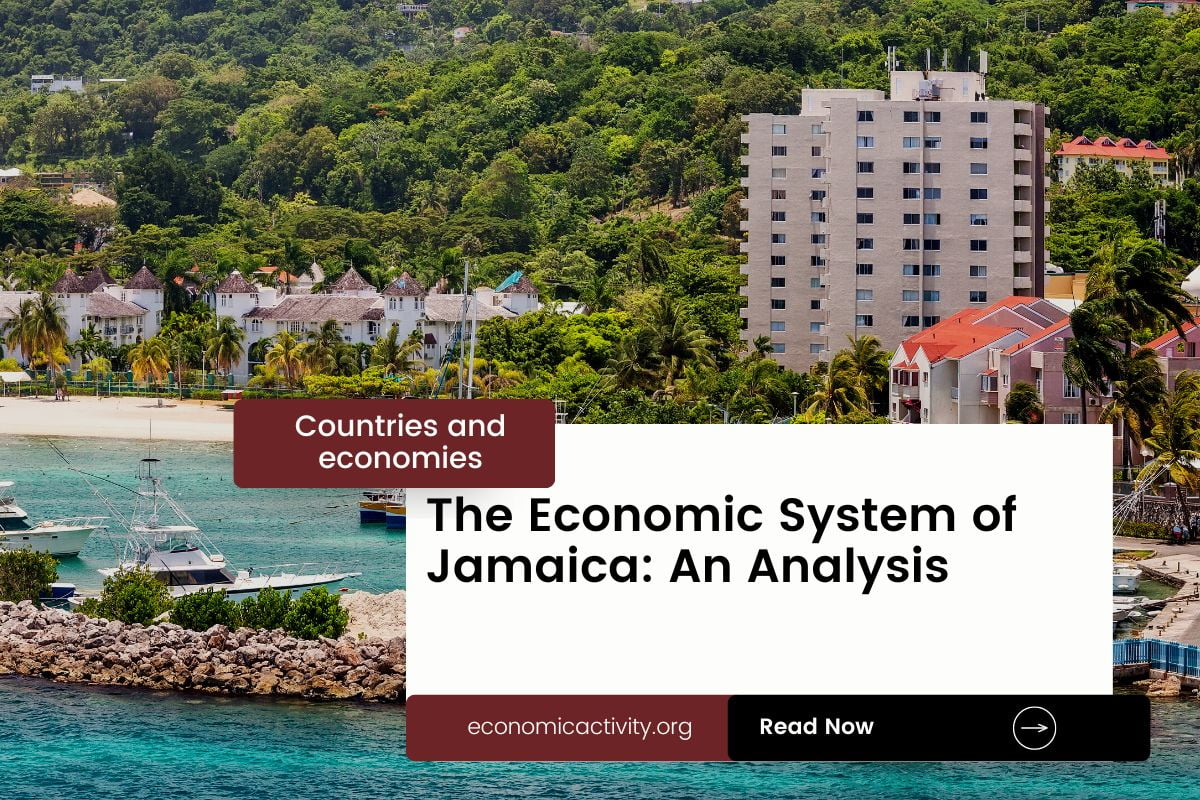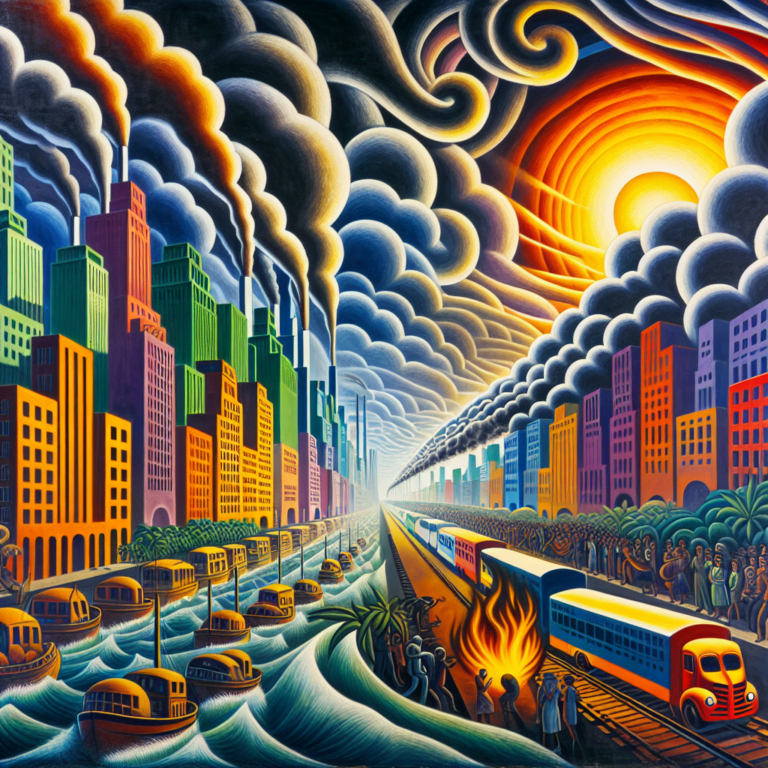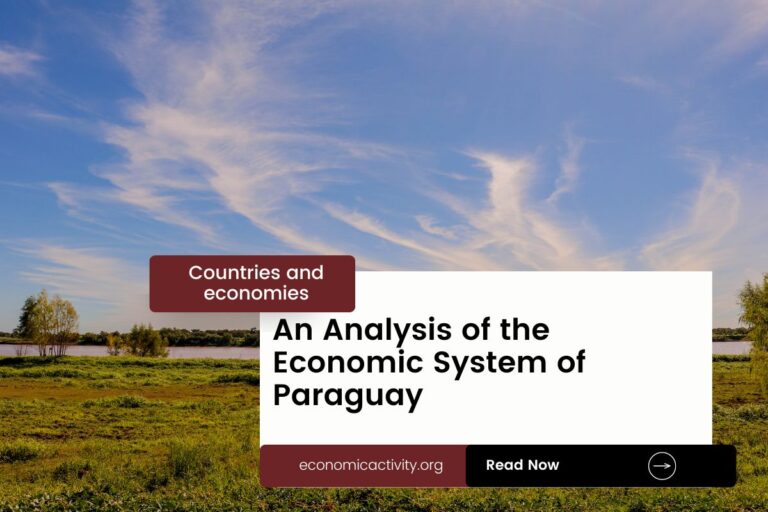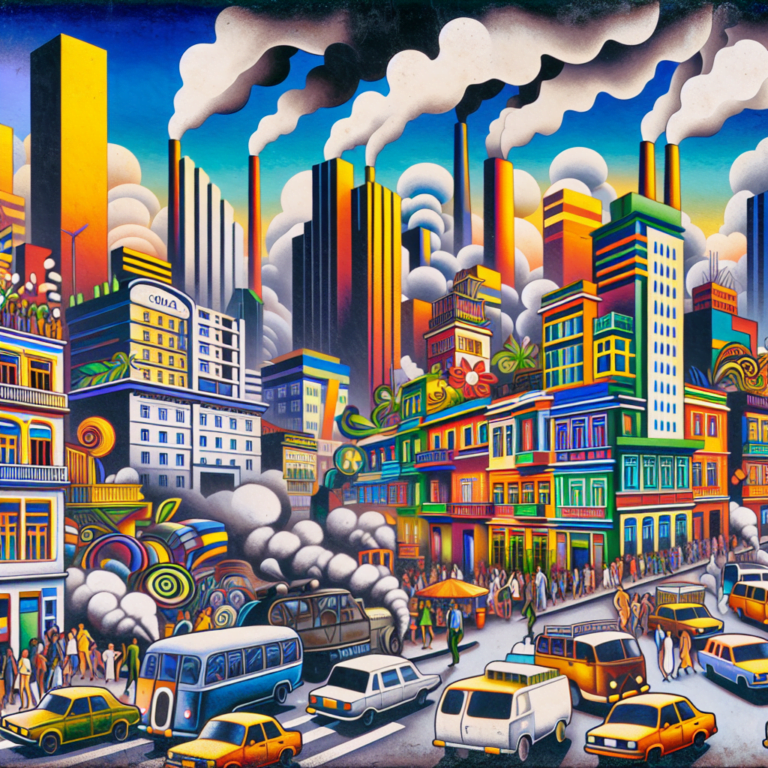What is the economic system of Jamaica? The economy of Jamaica is based on a mixed economy. The country’s economic system combines elements of a market economy and a planned economy.
Jamaica’s economy is heavily reliant on tourism, bauxite/alumina production, and agriculture (sugar, bananas, coffee). Remittances also play a significant role.
The country’s economy is composed of a private sector, consisting of individuals and businesses that make autonomous decisions based on self-interest, and a public sector, where the state determines the production and distribution of certain goods and services. No country is purely capitalist or purely communist.
What do the freedom indexes tell about the economic system of Jamaica?
Now, to determine if a country is mostly a market economy or a planned economy, it is useful to examine some economic indexes. For instance, according to the 2022 Index of Economic Freedom, which measures the ability of every human to control his own labor and property, Jamaica is ranked 46th globally and 7th in the Americas indicating that the country has a moderately free economy.
In a similar way, the 2022 Freedom House index evaluates the state of political rights and civil liberties globally. Generally, market economies tend to align more with democracy and freedom, while command economies tend to be characterized by greater state control and fewer democratic and civil liberty protections. Jamaica gets a score of 80/100, which qualifies it as Free.
Jamaica is a country where the government does not control what people do for political reasons, and people have the freedom to choose (what, how much and how to produce, whether to buy or not, selling price, etc.).
The Link Between Public Sector Employment and the Economic System of Jamaica
An indicator of the extent to which the State is involved in the economy is the number of public sector employees. In Jamaica, according to ILOSTAT, the number of public sector employees as a percentage of the total workforce is 12% (2018). In the country’s mixed economy, the number of public sector employees as a percentage of the total workforce varies based on the specific policies and practices adopted by the State.
Some economic activities are left to the private sector while others are under government control. The bigger the public sector the closer is the economy to being a command economy.
What do the biggest companies in Jamaica say about the country’s economic system?
The biggest company in Jamaica should also be looked at, as well as whether it is a state-owned or private company. In this case, NCB Financial Group Ltd is a financial services provider from Jamaica, offering banking, insurance, investments, and other services. The company is owned by private investors.
Also, Jamaica’s private sector industries include tourism, agriculture, manufacturing, and finance. The public sector industries include education, healthcare, transportation, and utilities.
The historical factors that have influenced the economic system of Jamaica
The current mixed economy system of Jamaica in the last century is a result of the country’s colonial history, its reliance on foreign investment, and its efforts to diversify its economy. Jamaica’s colonial history has left it with a legacy of unequal economic power, with foreign investors controlling most of the country’s resources.
This has resulted in a mixed economy system with both public and private sectors. Additionally, Jamaica is looking to diversify its economy by investing in tourism, manufacturing, and services, which has further contributed to the mixed economy system.





Leave a Reply